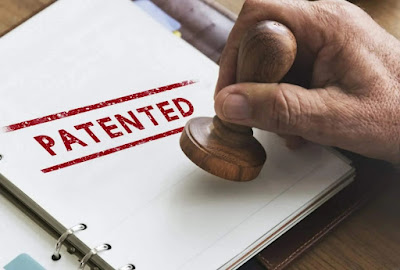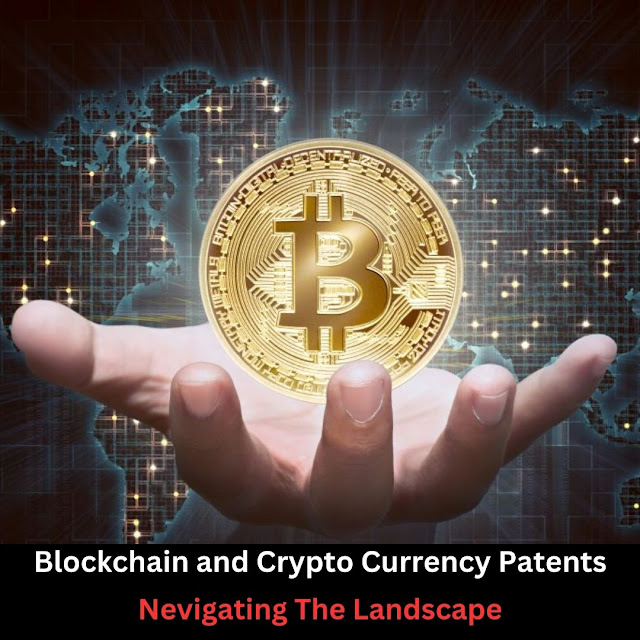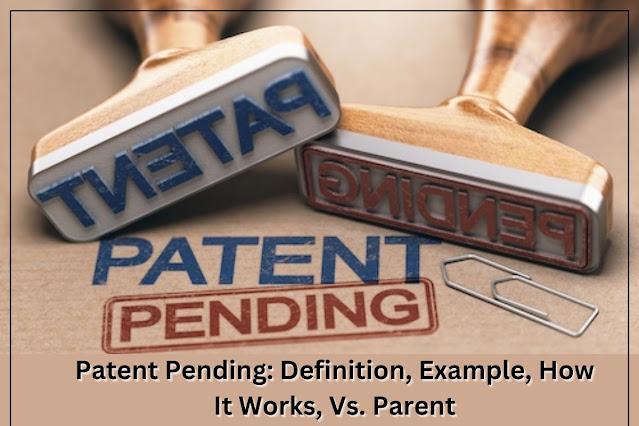The Global History of Patents
For a long time, human history has been ruled by patents, much further back than most people realize. Food was our most basic necessity, like many other aspects of life. Biological patent services can be traced back to 600 BC, according to British intellectual property expert Robin Jacob. In 500 BC, there was a trend of creating a new kind of bread, created by a master chef. Chefs were given the option to keep their unique recipes to themselves so that they could enjoy profits alone and enjoy intellectual property protection.
Many poets were convicted of plagiarism by Vitruvius, a Roman judge in Alexandria. This theft was discovered when a literary contest was being held.
Literacy piracy was also prevalent in Rome during the first century. The ancient Romans did not have a law addressing intellectual property theft, despite the importance of these events.
The patent office grants a patent to protect the subject matter sought by an inventor. The purpose of a patent is to prevent another person from using the invention show or patent without the inventor's permission. An invention prototype is essentially the subject matter of a patent.
However, patents will be granted only if they meet the patentability requirements. Despite minor differences in their interpretation, these patentability conditions are universal.
The purpose of a patent is to protect an idea for invention from being exploited by others. The patented invention idea cannot, therefore, be used, manufactured, or sold without the permission of the inventor. The term 'exclusive right of invention' is commonly used in this context. Patents can be commercially successful when the inventor takes advantage of this exclusive right. Easy patent search can be done globally. You can invent an app and file your own patent application.
History of Patents
The origins of patents are rooted in 15th century Venice and the Republic of Venice's rule that new inventions must be shared with the Republic to remain protected.
A Flemish born artist named John of Utynam was granted exclusive rights to make stained glass for 20 years under Henry VI of Britain. Knives, starch, iron paper, and soap were all patents under Queen Elizabeth's reign. Applications for patents also helped the crown earn revenue easily. Occasionally, however, patents have been granted for inventions that had already been around for some time, resulting in illegal practices. King James 1, responding to widespread protests, banned all monopolies in 1610.
Earliest Patent Systems
Hundreds of years after the first patent was enacted, a real patent system was established. During the Venetian era, the Patenting Act of 1474 simplified the patenting process and made it easier for individuals to obtain a patent. There were no patent standards in Europe until then, despite the concept of patents. Each patent was issued based on a request. The Act stipulated that patents had to cover new and useful inventions. Even in the United States, it remains the standard for patent applications.
Although there were no formal patents in Medieval times, there were other forms of intellectual property protection. For the protection of some crafts within larger cities, guilds were formed. Glassmaking, for example, was only taught to guild members, hence raising its commercial value. The Venetian glassmakers had very strict regulations that included everything from work days to ingredients. Almost all glass companies were forced to monopolize. Even though these all offered similar protection as patents, they were self-contained and not subject to government censorship.
Patents vs. Nonpatents
Any idea cannot be patented under U.S.
law. Patent an
idea in USA, a
good way to learn the core tenants of patent law is to understand how the law
differentiates ideas from inventions.
Inventions can't all be patented, even if
they meet the requirements under the law. So further determining if your idea
is an invention requires determining what kinds of inventions are protectable.
·
Abstract ideas are
not allowed. If your invention is a mathematical formula that isn't tied to any
specific application or process, it can't be patented. This tool must perform
some real-world action, such as making someone's decision, moving their machine,
or achieving another objective.
·
Inventions cannot
come from nature. You cannot patent a fish you find while fishing in the
backwoods, even if you are the first to discover it. There are more
requirements than just finding something. It must be purified, modified, or
incorporated as part of a larger work.
·
Inventors must
define their ideas. A powerful antioxidant is found in a plant extract. When
taken in small doses, it treats acne and possibly reverses heart disease and
cancer when taken in high doses. You likely need more work if you wish to
develop the antioxidant to treat heart disease and cancer. A great invention
should be described within its scope, not overstepped when describing an
intriguing idea.
Patent Requirements
How to patent an idea? One must be novel and non-obvious and what may or may not be patented. Inventions must be entirely original.
An invention must be novel if it has never been invented before. There have never been any previous publications or patent applications on your invention. The very same thing has never been done before.
An invention that is not obvious to others
is a non-obvious one. Combining two known items isn't patentable. The inventor
selected the things or how the things were combined in a new way. What elevates
an obvious idea to a non-obvious invention is the way the things are selected
or combined.
US
Patents
Patent services USA turbulent is the history of patent law in the United States and Europe. First, there were only three years under the US Patent Act, from 1790 to 1793. After the passage of the Patent Act, it was replaced quickly by a new law that operated on an examination system. Patents were then examined before they were granted, preventing abuse even further. Modern-day American patent laws do not quite resemble those in 1790, but the basic procedure for obtaining a patent is identical.
Patents in USA, as a response to the previous two patent acts, a third was passed in 1836. A Patent Office was established. Even though the Secretary of State no longer issued patents, the Department of State was still responsible for it. Public libraries should also have access to patent information to prevent repeated patent applications. The fourteen-year patent period was also extended for seven additional years. In addition, foreigners are now allowed to apply for patents in the US. American patent standards have also been raised.



.jpg)

Comments
Post a Comment